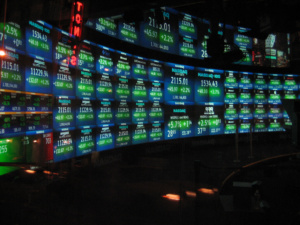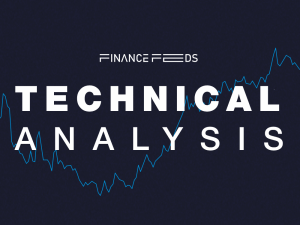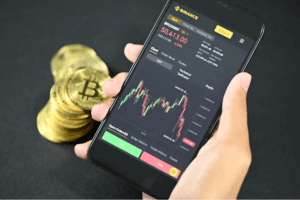The market data landscape is changing
brokers and asset managers are asking themselves how they can reduce their market data costs and are wondering why they are paying for data when certain retail platforms seem to offer that information for next to nothing. This is where CME Group’s Market Profile comes in

The market data landscape is changing and changing fast. Yesterday’s news of the potential merger between S&P and IHS Markit that would create a $44 billion data and analytics giant was testimony to that.
The FX data landscape is also in flux as increased competition among providers threatens to undermine the fees that leading venues are able to charge for their data services.
Whilst regulators in Europe and the USA are scrutinising the role of the data vendors, and whether they act in any kind of monopolistic fashion.
End users such as brokers and asset managers on the other hand are asking themselves how they can reduce their market data costs and are wondering why they are paying for data when certain retail platforms seem to offer that information for next to nothing.
Traditional high-end FX data feeds can cost as much as $50,000 per month and end-users are rightly questioning what they are getting for their money.
However, it’s not just in the provision of data and price feeds which is an area of change. Price discovery and execution and by extension, the FX business model is also evolving and data has a role to play here too
A clear example of this is the launch of FX Market Profile by the CME Goup, the operator of the IMM FX futures business and owner of EBS a leading FX matching service and liquidity portal.
The new tool will allow traders to compare liquidity and spreads across both futures and OTC trading venues.
There is also an opportunity for users to explore pricing in the FX swaps markets using the CMEs FX Swap rate monitor, and to use analytical tools within EBS to analyse factors such as trading cost and market impact.
Common enough in equity markets but relatively new disciplines for the world of FX. This type of value-added data helps to provide a holistic view of the FX pricing landscape
FX is continuing its journey from a distributed, decentralised and opaque market place into a more ordered, centralised and transparent version of itself.
Tools and market visibility that were once the preserve of traders at banks and hedge funds are becoming available to many more users.
As a result, mid-tier liquidity providers and brokers will need to move with the times if they not to be outflanked by their more astute clients.
Data vendors whose fee income is undoubtedly under pressure are likely to try to add further value where they can, but they will also compete more aggressively for execution and may end up eating the broker’s lunch as they do so.









